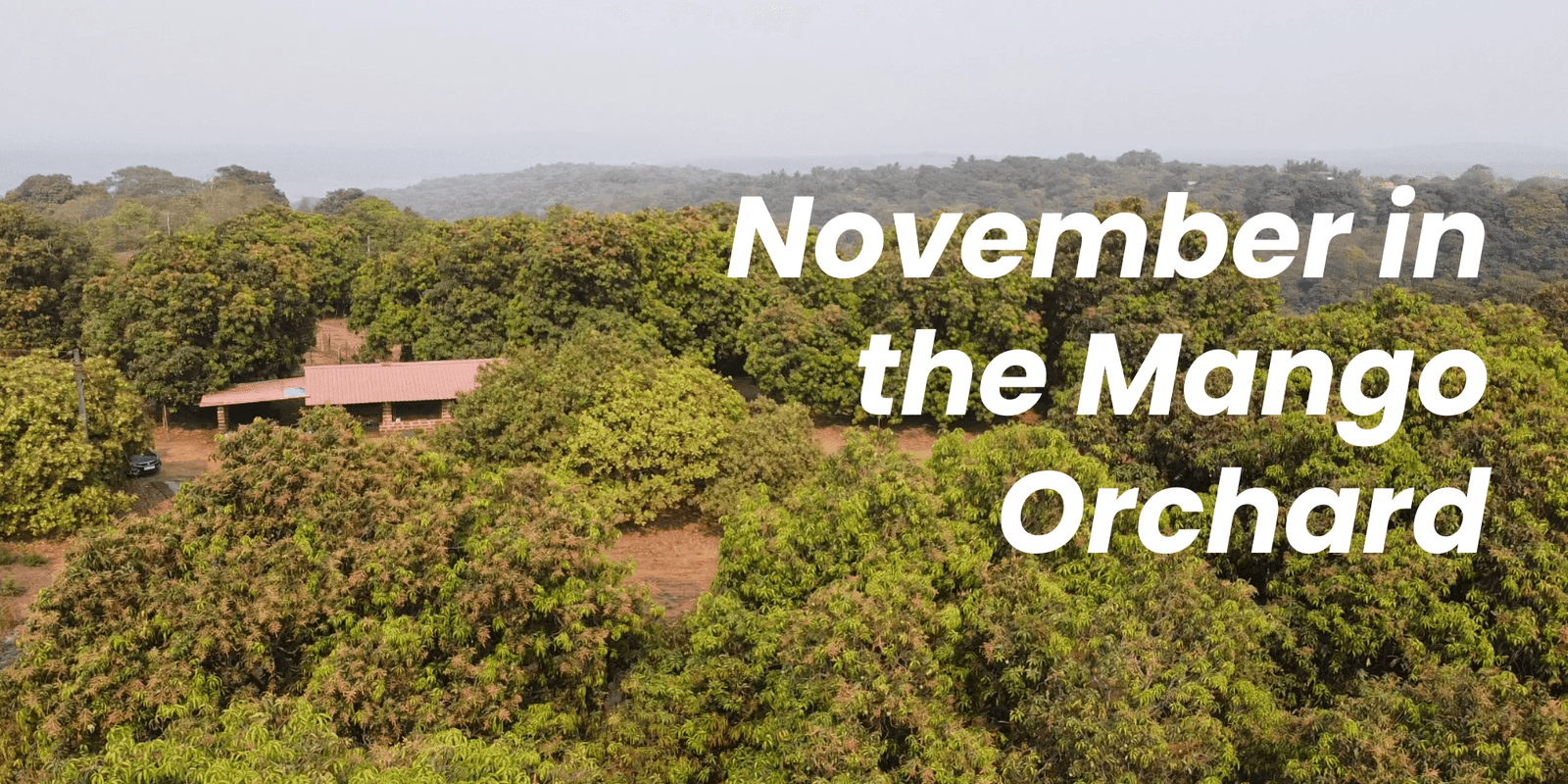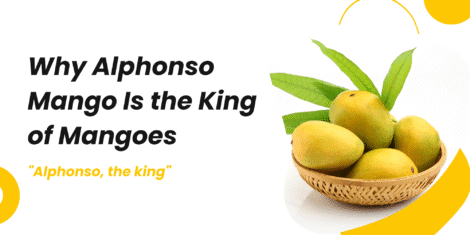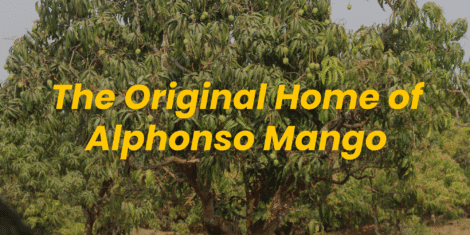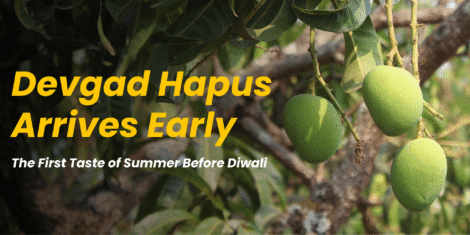When you think of Ratnagiri Hapus — the King of Mangoes — you probably imagine the golden fruits of April and May. But few people realize that the story of every sweet Alphonso begins long before that… in November.
While the orchards may look calm, this month marks one of the most important — and silent — stages in the life of a mango tree.
🍃 The Post-Monsoon Calm: Nature’s Reset Button
After months of heavy Konkan rain, mango trees in Ratnagiri finally breathe.
By October, new leaves have already matured, and by November, the trees enter a resting or recovery phase.
This pause is not laziness — it’s strategy.
The tree uses this time to store nutrients, starch, and energy, preparing for the grand flowering season that begins in late December or January.
🌸 The Hidden Magic: Bud Preparation Begins
Though the branches may seem still, something extraordinary is happening inside.
As the soil begins to dry and temperatures drop slightly, the mango’s buds start to transform — from simple green tips to future flower buds.
This process is called flower bud induction. It’s a quiet but powerful stage where the tree decides how many flowers — and therefore mangoes — it will bear next summer.
🌼 Farmers say: “November decides the harvest.”
And they’re right — this month lays the foundation for next year’s fruiting.
💧 Farmer’s Focus: Stress, Soil, and Smart Care
In Ratnagiri, experienced Hapus farmers treat November like a time of discipline and restraint.
Here’s what happens in the orchards now:
| 🌿 Task | 🌞 Purpose |
|---|---|
| Reduce or stop irrigation | Mild water stress encourages floral bud formation. |
| No nitrogen fertilizers | Nitrogen promotes leaf growth instead of flowers. |
| Clean orchard & mulch soil | Maintains soil health and conserves moisture. |
| Light pruning | Removes unwanted shoots and lets in sunlight. |
| Pest check | Keeps hoppers and mealybugs in control before blooming. |
By letting the trees “rest” and avoiding overfeeding or overwatering, farmers help nature do its best work — turning vegetative shoots into flower-bearing panicles.
🗓️ What Comes Next: The Journey to the Hapus Harvest Mango Orchard
Here’s how the mango’s annual rhythm unfolds after November:
| Month | Stage | What Happens |
|---|---|---|
| Dec–Jan | Flowering | Panicles bloom with hundreds of tiny yellow-white flowers. |
| Feb–Mar | Fruit Setting | Flowers turn into small green mangoes. |
| Apr–May | Harvest Season | Ratnagiri Hapus ripens to its golden glory. |
| Jun–Sep | Monsoon Growth | New shoots and leaves flourish. |
| Oct–Nov | Rest & Bud Induction | The quiet build-up for the next season begins again. |
🥭 The Beauty of Patience Mango Orchard
At first glance, a November mango orchard may look still — no flowers, no fruits, no activity.
But beneath that calm canopy, every leaf and branch is preparing for the next royal harvest.
That’s the secret of the Ratnagiri Hapus:
Its sweetness doesn’t just come from the sun or the soil — it comes from months of patient preparation, care, and perfect timing.
🌾 Did You Know?
- The Ratnagiri Alphonso gets its unique aroma because of natural ripening and the Konkan’s mineral-rich laterite soil.
- The flower-to-fruit journey lasts about 100–120 days, depending on weather and water stress.
- Farmers who control irrigation wisely in November often get 20–30% higher fruit yield.
Final Thought
So, while November might seem like a quiet month in the orchards of Ratnagiri, it’s actually a time of invisible action — a month of balance, energy, and preparation.
Each Hapus that melts in your mouth next summer begins its journey right now — in the calm silence of November.




